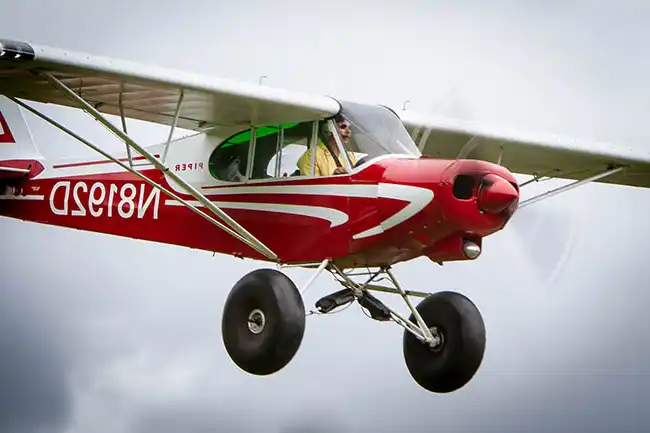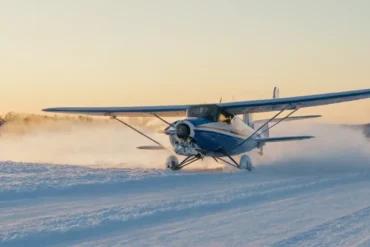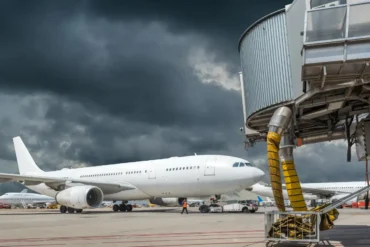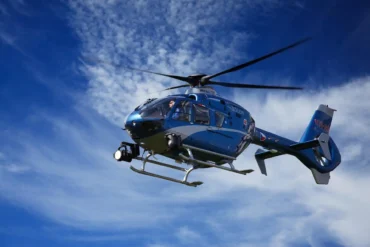Bush planes are incredibly flexible aircraft that play a huge role in places without big commercial airports. They reach into remote wilderness areas where runways are hard to find.
These planes are lifelines, bringing crucial supplies, carrying passengers and mail, and doing rescue missions or medical evacuations. Some bush planes even fly regular routes where normal airliners can’t go.
What are Bush Planes
Bush planes are specialized to handle the challenges of rugged landscapes without runways. Their special design lets them make tricky maneuvers and go places regular planes can’t. Their flexibility makes them indispensable in remote areas where normal transportation doesn’t reach.
Bush Planes: Flying to Hard-to-Reach Places
Bush planes are key for aviation’s flexibility. They often come from changing normal planes so they can go to remote “bush” areas. This term started in Canada and Alaska for places past roads and ferries. Now it includes distant spots in Australia and South Africa too.
Bush flying began over 100 years ago in Northern Canada after World War I. Pilots started flying missions close to home, like spotting fires and delivering supplies.
The iconic DHC-2 Beaver, born in 1946, shows how De Havilland Canada engineers worked with bush pilots. They wanted ideas from pilots used to remote challenges. This led to an all-metal, rugged, reliable plane. It carried heavy loads, took off and landed in little space, and used wheels, floats, or skis. The DHC-2 handled everything from hot sun to freezing cold. It defined a true bush plane.
Flying the Bush: How Bush Planes Evolved

Today’s bush planes often have wings on top to prevent damage while loading and improve visibility. The landing gear is versatile, with floats, skis, and tough tundra tires for any surface.
Different Types of Bush Planes
Many bush planes come from changing existing models. They range from little two-seaters to planes with up to 19 passengers—the most one pilot can handle alone. Their flexibility lets them take on bush flying challenges.
On the small side, the PA-18 Super Cub excels at taking off and landing in only 350 feet. This makes it perfect for the most remote, tricky landing spots. Empty, it weighs just 930 pounds, but it can take off with 1,750 pounds, showing its light yet sturdy design.

With a 150-hp engine, the Super Cub can fly 460 miles on one tank at 130 mph.
The de Havilland Canada DHC-6 Twin Otter has been a stalwart since 1965. It’s the world’s best-selling 19-seat plane. It works for skydiving, cargo, medical evacuations, and more.
Following the great DHC-2 Beaver and DHC-3 Otter bush planes, the Twin Otter keeps their legacy of reliability.

For passengers seeking a bush plane trip, the Cessna 208 Caravan is a top choice. It carries up to 11 and adapts well. It was meant for passengers or cargo. The cabin fits seats or lots of cargo, highlighting its flexibility. The military uses customized Caravans too.

The cargo hatch can become a roll-up door for skydivers. This adaptability makes the Caravan a true bush plane.


















